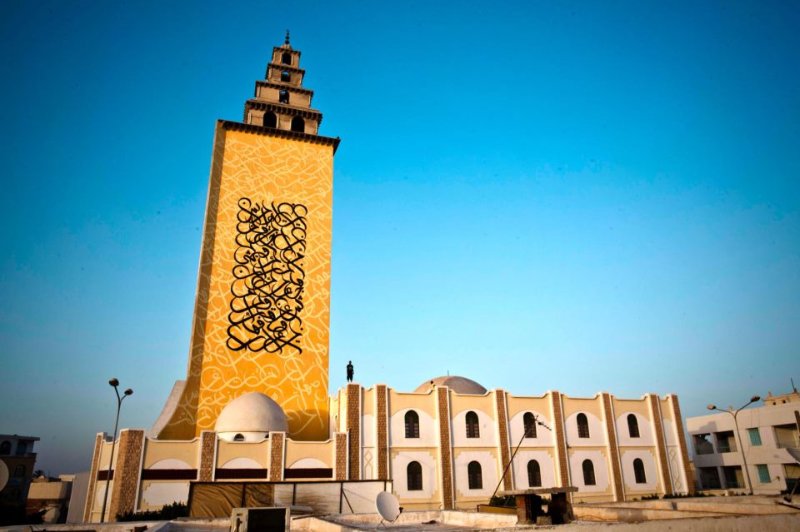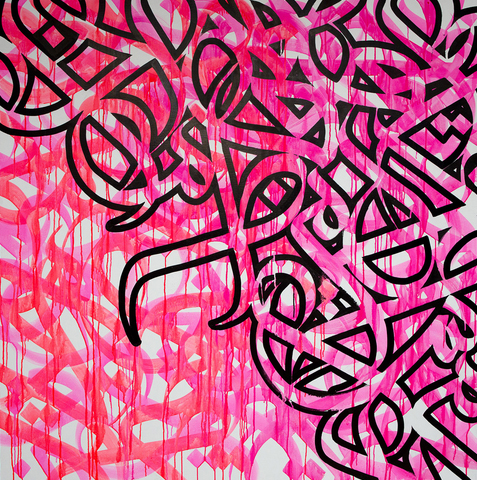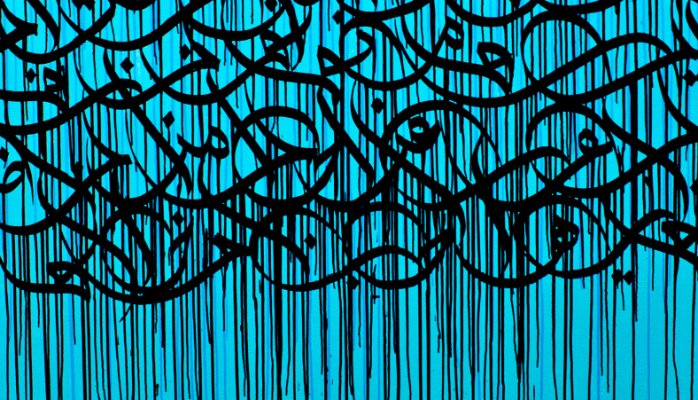By Elie Khouri, Chief Executive Officer at OMG
The rule of thumb for marketing for any brand in the Middle East used to be: Ramadan, Ramadan, Ramadan. Why? During the Holy Month people work less, shop more and definitely watch a lot more television. Brands tap into this dramatic lifestyle change by getting their television commercials (TVCs) in the highly-coveted prime time post-Iftar slots (when families would sit around the television as they broke their daylong fast).
As it gained popularity, TVCs during Ramadan became more and more expensive. Currently TV advertising costs increase as much as 150% on the top channels during the Holy Month. Still, brands are willing to stomach the steep price tag because it’s worth it. Or is it?
So, what’s changed?
Let’s take a look at the social landscape. As millennials come of age, the very essence of Ramadan is transforming: more women are working, families are becoming more disjointed and even the younger generation prefer to spend their time on their cellphones and iPads than around the family television. More than two thirds of the youth in the Middle East and Africa, say they use their mobile device while they watch television (second-screening).

In fact, for the first time in years, we’re seeing TV viewership levels in non-Ramadan months match or at times even outpace the viewership during Ramadan*. A key reason for this is the broadcasting of popular TV shows like Arab Idol and Arabs Got Talent outside of Ramadan. This poses an important question brands need to consider: if you can reach the same audience outside of Ramadan at a lower price, would you be better off avoiding Ramadan?
It depends.
It depends on the size of your business, your marketing budget and what you are trying to accomplish. If you are a small to medium business trying to build your brand during Ramadan, ask yourself: can you really afford to compete with the big players dominating the scene? However, if you’re using TVCs to give exposure to special promotions and seasonal offers – you might find the ROI justifies the investment.
And what about using TVCs for affinity? You know, creating those beautiful, theatrical, epic Ramadan-type slots? There’s no denying there’s a lot to be gained from tapping into the ethos of the Holy Month – the big brands clearly know and act on it. But perhaps, that clutter is the very reason small to medium sized business owners should exercise caution.
How should brands approach marketing during Ramadan?
Don’t get me wrong, I’m not saying smaller brands should miss out on the special month of Ramadan. By all means, use the challenges to get creative. Invest more in digital. Remember increasingly the Ramadan shopper goes online to research and review products before making a purchase. And what about tapping into the charitable nature of the month to create altruistic content bound to resonate with millennials’ love to share inspirational content?
The opportunities and benefits for marketing during Ramadan are truly endless – just be sure you know why you are doing what you are doing. Try to genuinely remember the ‘reason for the season’. Resist the urge to give into the commercialization of a month that is all about goodwill, abstinence, charity and being a better person.
Ramadan Kareem.
References:
Art: Calligraphy by French-Tunisian street artist, eL Seed
*The changing face of television in the Arab world: Media consumption trends and their impact on programming. A white paper by Integral, Omnicom


